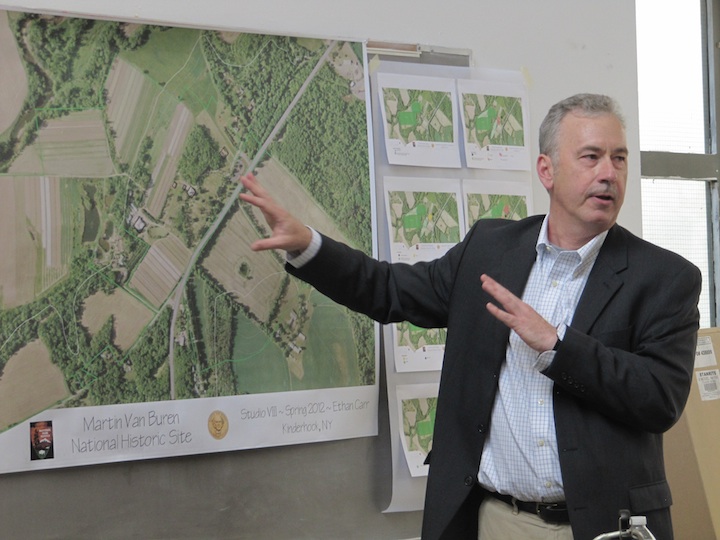- Podcast, Presentation Training, Public Speaking, Speechwriting
5 Things You Must Know Before Your Next Speech, Pitch or Presentation

After coaching thousands of people and companies, it’s evident to me that people struggle to put their presentations together because they do not know what to include. Over the last 10 years, I have found that there is not enough attention given to the content and the arguments of what presenters need to say, to connect, persuade and influence their listeners. Here are some things you MUST know before your next speech.
All too often, people make the mistake of focusing too much on how they are going to deliver their message, how they are going to look good, how they are going sound and whether will it come across as professional. I know that it is important to look confident and professional in front of your audience, nobody wants to look like a fool. In our training courses and other resources, we cover how to have confidence in front of any audience, present with great body language presence and deliver with clarity and conviction.
One of the main reasons I’ve seen people struggle to put their presentations together is that they’ve never been properly trained in powerful presentation skills. They start by making points they believe are important, include some facts and then add more content to make up time. They then squeeze this into a presentation and the next most logical step is to put together a beautiful PowerPoint presentation.
What if you had 5 quick reference points that you can use every time you have to give a speech, pitch or presentation?
I am aware that there are thousands of things you need to know before your next presentation, but today I want to focus on five that will definitely help you to connect with your audience, get your message across and succeed with your next presentation.
I would recommend you use all 5 points for every speech, pitch or presentation you need to deliver in the future.
The 1st thing you must know before your next speech, pitch or presentation is to know your audience.
I love this quote from Ken Haemer – Designing a presentation without an audience in mind is like writing a love letter and addressing it “to whom it may concern”.
Who is your audience? What is important to your audience? What might they expect from your presentation? How knowledgeable are they about the subject you want to talk about? What challenges or struggles do they have to face? These are some important questions you need to ask. When you understand your audience, you will be able to customise your presentation for maximum impact. You will know what stories to tell, what words to use, what humour to apply and what examples to draw on to illustrate your points.
One of your first goals is to establish rapport with your audience. The better you understand your audience the easier it is to connect with them. It is human torture if you cannot bond with your audience during a speech. Some speakers skip this important step and pay the price later.
Most people start by creating their presentation based on what they want to say, and not on what the audience wants or needs to hear. Before you start writing or brainstorming, you need to ask yourself the following key question, who is going to listen to my speech, my pitch or my presentation?
This is a critical step that will determine everything from here onwards. Think about it, your presentation will be completely different when you are talking to school kids, as oppose to when you are presenting to senior executive board members. Now I know that is a bit extreme, but it accentuates the importance that your audience is the starting point. Your audience will determine how technical your presentation needs to be, how serious or light hearted you need to be and what type of content will best resonate with your listeners. Write the presentation for your audience, not for you to look good.
When IBM asked me to speak at their annual conferences in Sydney and in Melbourne, the first question I asked was, who will be attending the presentation? I also asked other questions specifically about the audience to customise my presentation for the audience.
Now to better understand your audience, ask yourself or even better, the event planner, what are the challenges, problems and frustrations the audience has about the topic you are going to address. Audience members normally think that the presenter does not know how frustrated they are and all the problems they are dealing with. So, it is paramount as a presenter that you mention in detail, the audience’s problems and frustrations during your presentation. This is one of the best ways to build connection and rapport with your audience. Let me give you an example:
O’ and as an extra tip, I want you to listen carefully how I will also mention what the audience is thinking and feeling when they are dealing with their frustrations and problems. The thinking talks to the head, and the feeling talks to the heart. Let’s take a generic example of weight loss, that most people can relate to, even myself.
If I was doing a presentation on weight loss, I will say the following: Have you ever tried to lose weight and found yourself on 3 different diets, and you tried almost every single shake, protein or magic pill on the market, but you just can lose the weight. You exercise like crazy and drink litres and litres of water, but you see only minimum results. It is frustrating and depressing every time you hop on the scale with so much hope – only to be disappointed again. As you stand on the scale, staring at the numbers, you start to think, this is too hard, I can’t do it. I am really trying and I don’t think I will ever get rid of the extra weight. You start to blame yourself and feel inadequate .
In the example above, did you notice the problems and frustrations I was talking about? Were you also able to detect the thinking and feeling? You need to make it really evident to your audience that there is a problem and a negative emotion associated with that problem. I will cover this in more detail when we get to end of this recording on point number 5. This is one of the most important things you must know before your next speech
It always amazes me how many presenters do not spend enough time in their presentation to clearly and accurately tap into their audience’s problems and frustrations. Do not rush this part of your presentation. You can do this with any speech, pitch or presentation. Yes, even with a eulogy, a financial feedback presentation, sales presentation, product launch – any presentation.
Another question you should ask is, what is important to my audience. Average presenters ignore what is important to their audience and design their speech, pitch or presentation to what is important to them. This makes the presentation inward focus and you will normally hear the word “I, I, I” in their presentation. This also creates a barrier between the speaker and the audience. Outward presentation uses the words “you”, “your” and “we”.
Think carefully about what your audience would see or perceive as important, even though for you as the expert in the area of weight loss, this is the last thing on your priority list.
As you can see, knowing your audience is extremely important. Always try to connect, relate or establish rapport with your audience within the first 2 minutes of your presentation. Most average speakers jump straight into their presentation and do not care about what is important to the audience and their problems and frustrations, because they just want to share their data, facts and information. This is normally because of nervousness, a lack of preparation or simply a lack of training.
Knowing your audience is critical and you should not skip this point, it’s one of the most vital things you must know before your next speech
Other related articles.
How to captivate your audience
5 Key Business Lessons From Hit Show ‘Bluey’
How to Close More Sales With Social Selling
Leadership Lessons from Obama’s Pivotal Moment
How to Build Buyer Trust – Part 2
Unlocking Sales Success: Harnessing AI to Close More Deals
5 Tips for your next sales discovery calls
5 Cognitive Biases Every Salesperson Should Master
What Made Martin Luther King Jr’s Famous Speech so Powerful?
How to Use Your Hands Effectively When Giving a Speech
Explorer Mike Horn’s Key for Productivity
Trevor Ambrose is an international training and coaching company located in the Gold Coast in Australia. We focus on sales and public speaking training.




























